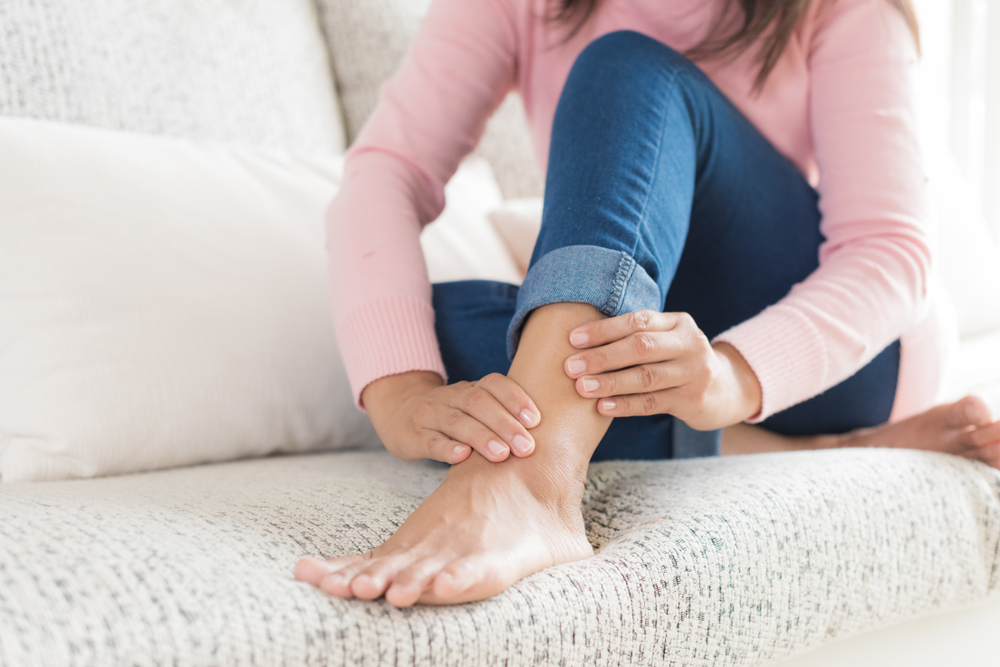Home Remedies To Help Deal With Deep Vein Thrombosis
Deep Vein Thrombosis (DVT) is a medical condition caused by the occurrence of a blood clot in your veins- often in the calf or thigh. It is important to seek Deep Vein Thrombosis treatment after it is diagnosed since it can develop into a life-threatening complication referred to as pulmonary embolism. Pulmonary embolism occurs when a blood clot travels within the bloodstream and causes blockage in an artery in your lung.
DVT causes swelling as well as leg pain and at times may exhibit no symptoms at all. It develops from certain pre-existing medical conditions affecting the manner in which your blood clots.

What causes DVT?
- A previous medical history of pulmonary embolism or DVT.
- A family history of blood clots.
- Inactivity for long periods for instance after an operation, bed rest or during a long journey.
- Damage to the wall of your blood vessels can result in the formation of a blood clot.
- Certain conditions or treatments such as cancer, heart and lung disease, chemotherapy, radiotherapy as well as thrombophilia and Hughes syndrome can cause your blood to clot more easily than normal.
What are the symptoms of Deep Vein Thrombosis?
- Cramping or sore pain in your leg especially in the calf or thigh.
- Red or discolored skin on the thigh or calf.
- A heavy ache in the affected area.
- Warm skin in the affected leg area.
When should one seek treatment for DVT?
- It is best to seek treatment at the onset of DVT symptoms.
- When one experiences any symptoms of pulmonary embolism such as the sudden shortness of breath, chest pain when taking a deep breath or coughing, feeling lightheaded or dizzy, or fainting, having a rapid pulse and coughing up blood.
How does a doctor diagnose Deep Vein Thrombosis?
- A D-dimer blood test would be performed to detect pieces of a blood clot that have broken loose and are in the bloodstream.
- An ultrasound scan reveals the location of the clot in your bloodstream.
- A Venogram could be recommended. In this test a liquid called a contrast dye is put into your vein and is detected by an X-ray, this highlights a gap in the blood vessel where a clot is stopping the flow of blood.
What lifestyle changes help manage deep vein thrombosis?
- Relieving the leg pain and swelling by walking, elevating the affected leg and wearing graduated compression stockings.
- Lifestyle changes such as increasing the intake of fluids and avoiding tight clothing, among others help to reduce your risk of blood clots forming.
What are some of the effective home remedies for Deep Vein Thrombosis treatment?
- Elevate your legs higher than your hips whenever you are resting to relieve pressure from your veins.
- Wear compression stockings as advised by your doctor.
- Do regular exercise to help improve blood circulation, lowering your risk of blood clots and DVT. Adopt the habit of walking whenever possible and mild aerobic exercises.
- Chew fresh ginger slices, drink ginger tea or water regularly. A natural salicylate, ginger blocks vitamin K, enabling thinning of your blood. It also boosts blood circulation in arteries and veins while preventing high cholesterol, which can cause plaque build-up and inhibit circulation.
- Add cayenne pepper to your food or apply cayenne pepper cream or gel to the affected area. Cayenne pepper is a natural blood thinner that contains the capsaicin compound, which promotes blood circulation, prevents blood clots and strengthens the arteries and capillaries.
- Eat foods rich in Vitamin E, as they have antiplatelet and anticoagulant properties that help prevent blood clots.
- Incorporate fresh turmeric spice into your meals, as it has blood-thinning properties to help improve circulation.

